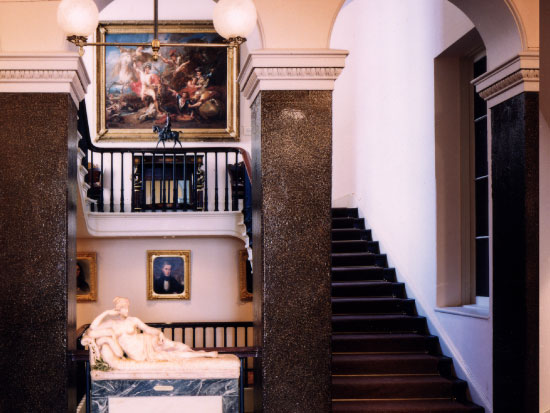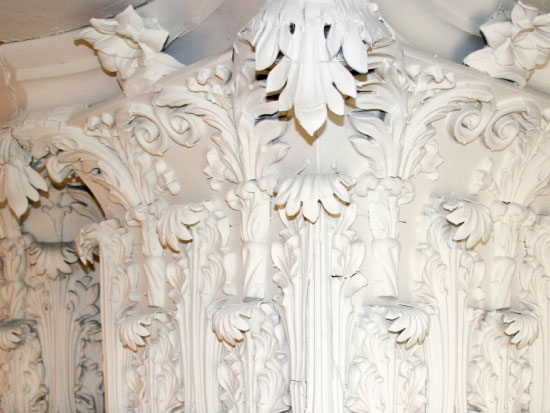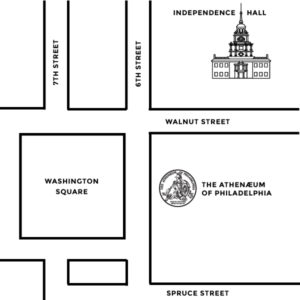
CRUSE SCANNER SPECIFICATIONS
Model: Cruse CS 220 ST (Scan head and color management upgraded in 2015)
Original holder: 48″ x 72″ magnetic platform with vacuum table
Focus system: Autofocus
Scanner: 24 or 48 bit color
Max. resolution: 14.4k x 26.64k pixels
DPI: 48″ x 72″ @300dpi; 23″ x 45″ @ 600dpi
Max. file size: 1.1 GB, 3×8 bit
Lighting: High frequency cold-cathode, 4 x 55 Watts with texture lighting effect
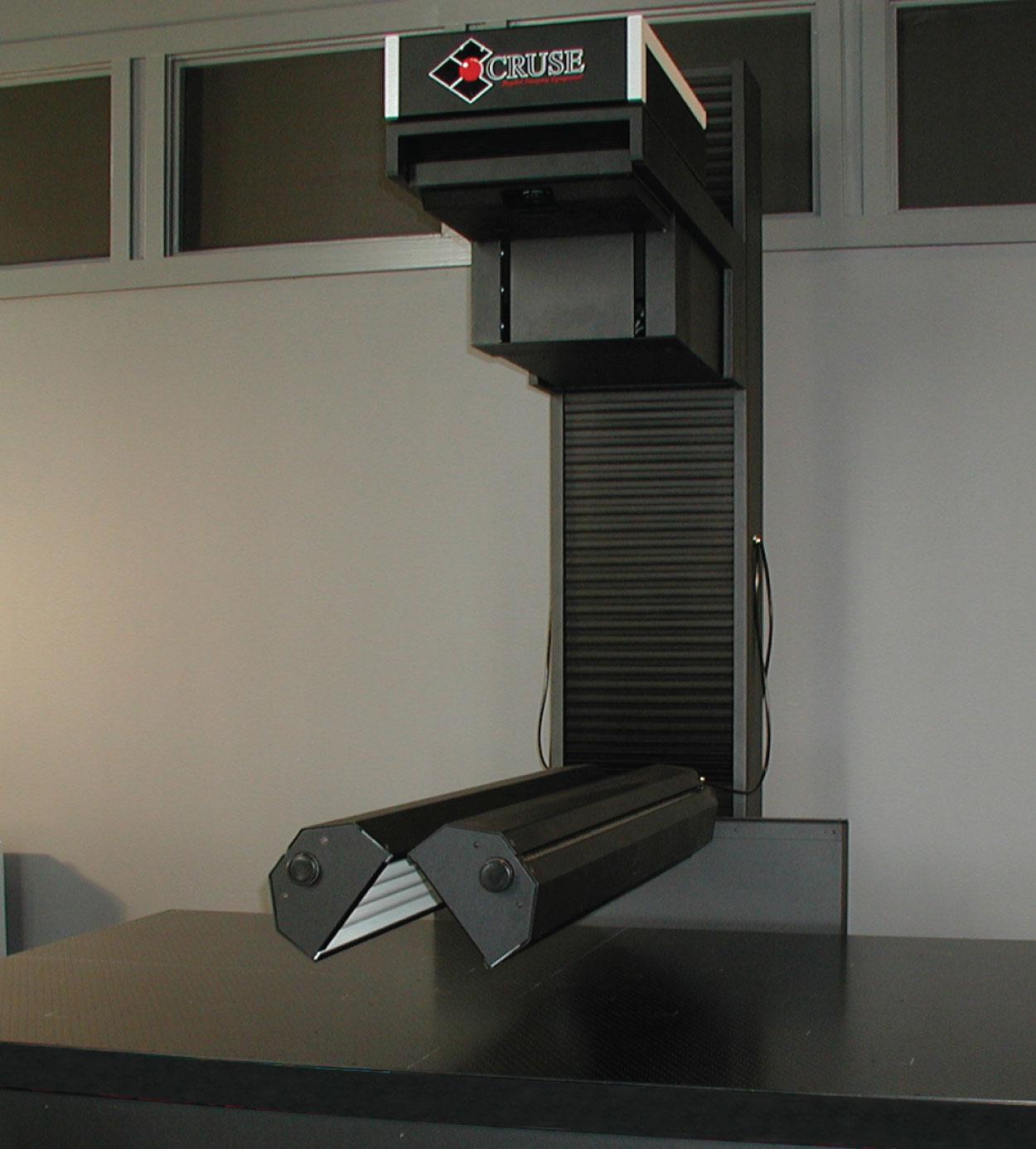
Assessment of Light Exposure on the Cruse CS 220 ST
Lois Price, Senior Conservator, Winterthur
“Documents scanned on the Cruse take approximately 1½ minutes to pass under the scanning light. Light meter measurements indicate that the scanner which operates at an intensity of 28,000 lux (2,800 foot candles) and emits UV radiation at the level of 40 microwatts per lumen.
“The exposure experienced by a document during a single scan is therefore equivalent to 14 hours of exposure at 50 lux (5 foot candles) with tungsten or other low UV lighting.”
Lois Price, Senior Conservator, Winterthur
“Documents scanned on the Cruse take approximately 1½ minutes to pass under the scanning light. Light meter measurements indicate that the scanner which operates at an intensity of 28,000 lux (2,800 foot candles) and emits UV radiation at the level of 40 microwatts per lumen.
“The exposure experienced by a document during a single scan is therefore equivalent to 14 hours of exposure at 50 lux (5 foot candles) with tungsten or other low UV lighting.”
TRADITIONAL PHOTOGRAPHY VS. CRUSE SCANNER
Plate II of the 1910 Bromley Atlas of Philadelphia, measures 24 inches by 34 inches
Detail Example
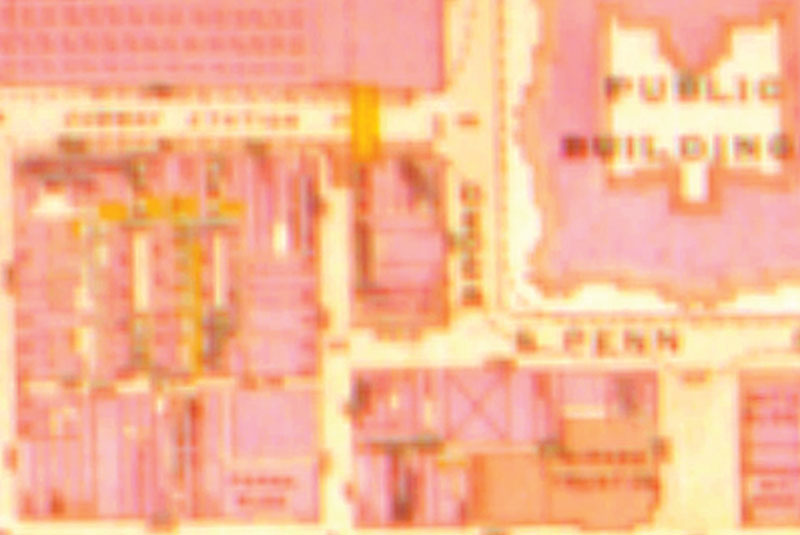
Image 1: 35mm Slide
Process: Photographed by a professional photographer on 35mm slide film. The resulting color slide was scanned by Athenaeum staff on an Agfa DuoScan T2500 scanner at a resolution of 2000 pixels per inch.

Image 1: 35mm Slide
Process: Photographed by a professional photographer on 35mm slide film. The resulting color slide was scanned by Athenaeum staff on an Agfa DuoScan T2500 scanner at a resolution of 2000 pixels per inch.
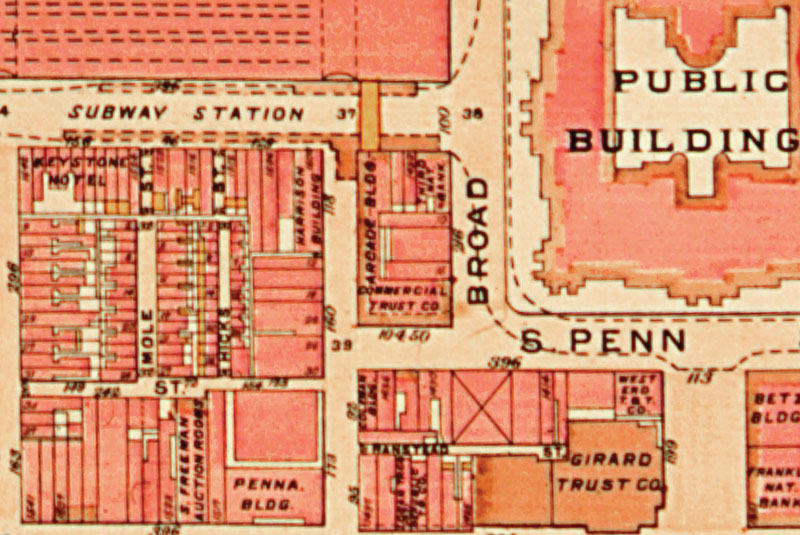
Image 2: 4 x 5″ Transparency
Process: Photographed by a professional photographer on 4 by 5 inch film. The resulting color transparency was scanned by Athenaeum staff on an Agfa DuoScan T2500 scanner at a resolution of 2000 pixels per inch.
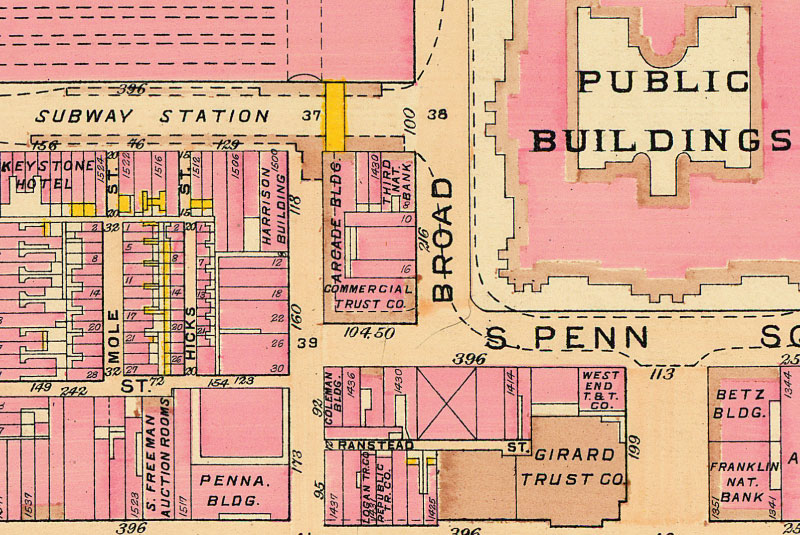
Image 3: Cruse Scanner
Process: Scanned by The Regional Digital Imaging Center at The Athenaeum of Philadelphia on a Cruse CS 220 ST at 300dpi.
Full-size Example
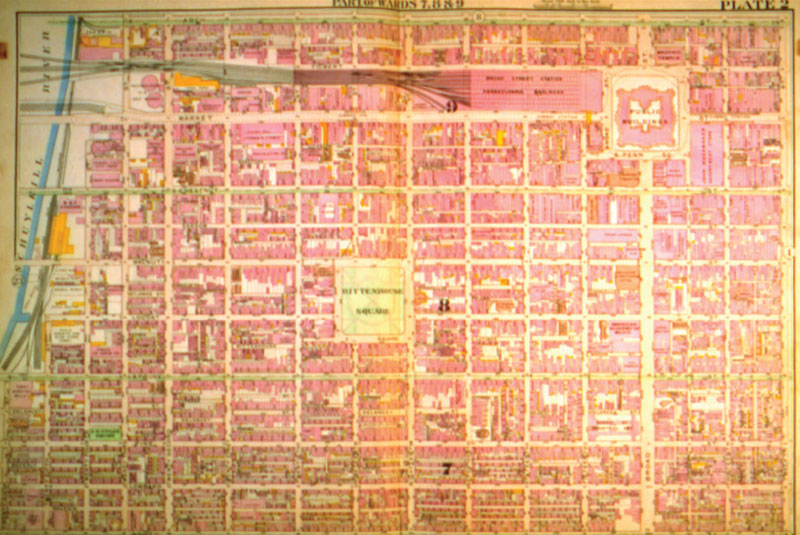
Image 1: 35mm Slide
Process: Photographed by a professional photographer on 35mm slide film. The resulting color slide was scanned by Athenaeum staff on an Agfa DuoScan T2500 scanner at a resolution of 2000 pixels per inch.

Image 1: 35mm Slide
Process: Photographed by a professional photographer on 35mm slide film. The resulting color slide was scanned by Athenaeum staff on an Agfa DuoScan T2500 scanner at a resolution of 2000 pixels per inch.
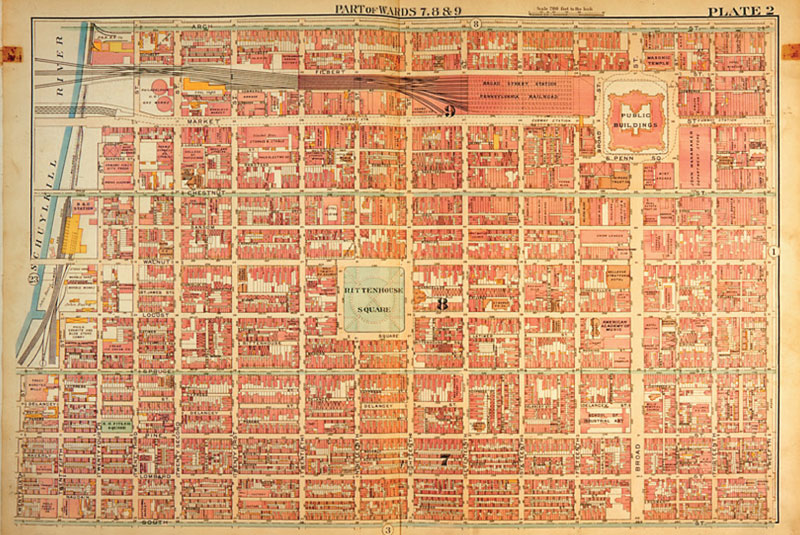
Image 2: 4 x 5″ Transparency
Process: Photographed by a professional photographer on 4 by 5 inch film. The resulting color transparency was scanned by Athenaeum staff on an Agfa DuoScan T2500 scanner at a resolution of 2000 pixels per inch.
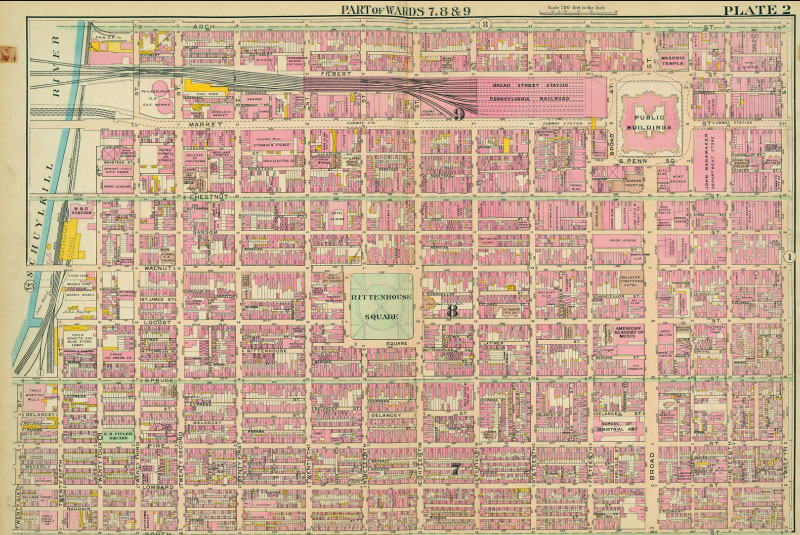
Image 3: Cruse Scanner
Process: Scanned by The Regional Digital Imaging Center at The Athenaeum of Philadelphia on a Cruse CS 220 ST at 300dpi.
ART SCANNING EXAMPLES
One of the features of RDIC’s Cruse Scanner is the texture option. Artwork can be scanned with a raking light to bring out the texture of the paint and the canvas. The images below demonstrate the differences between normal light and raking light.
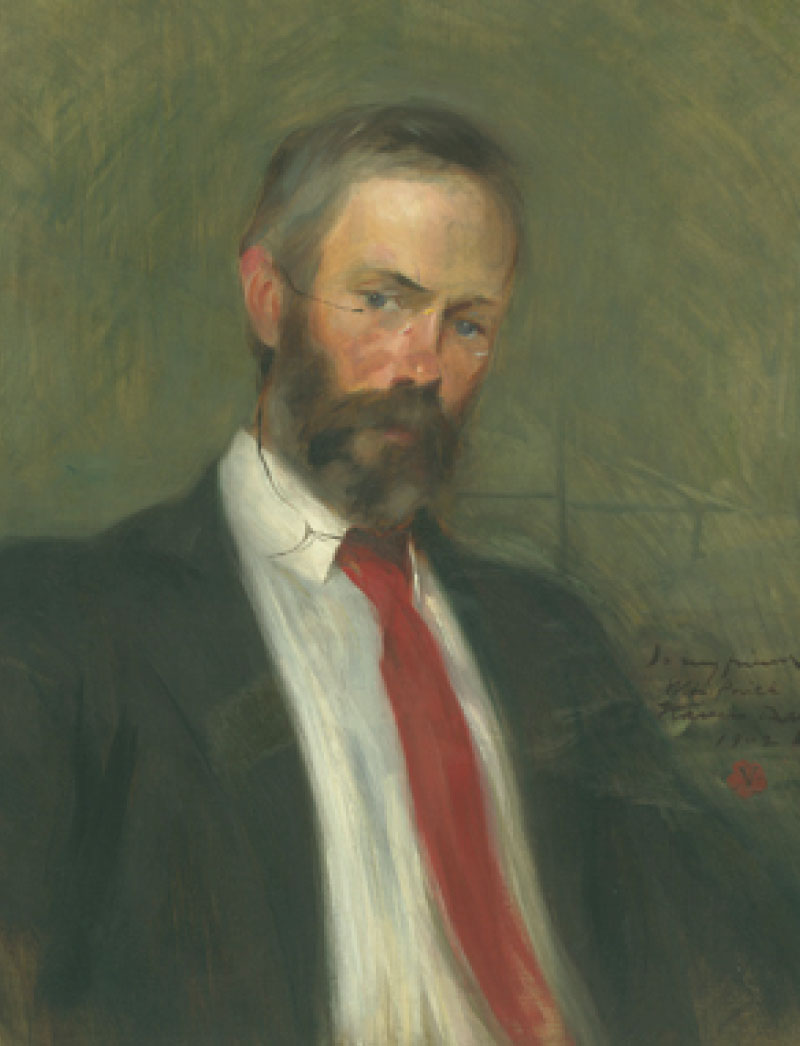
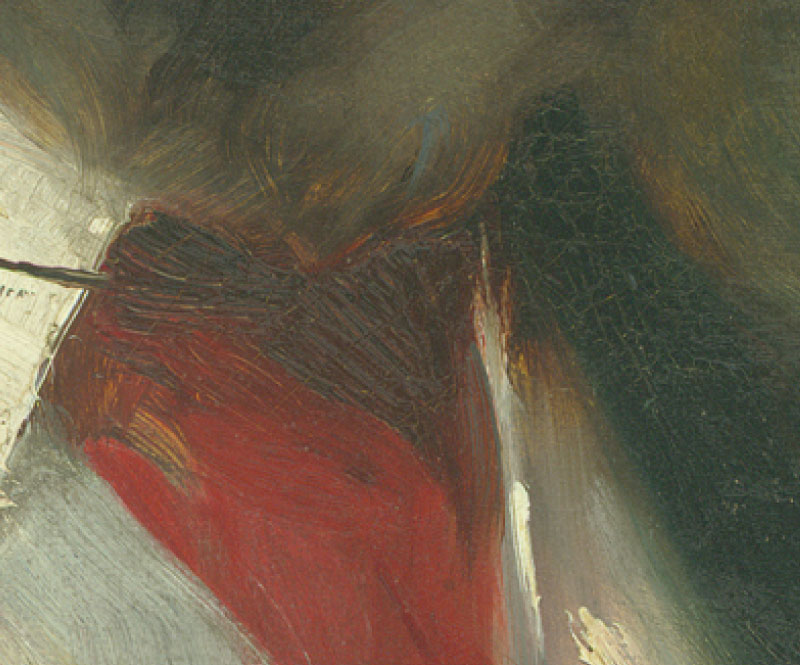
Scan 1
Normal light
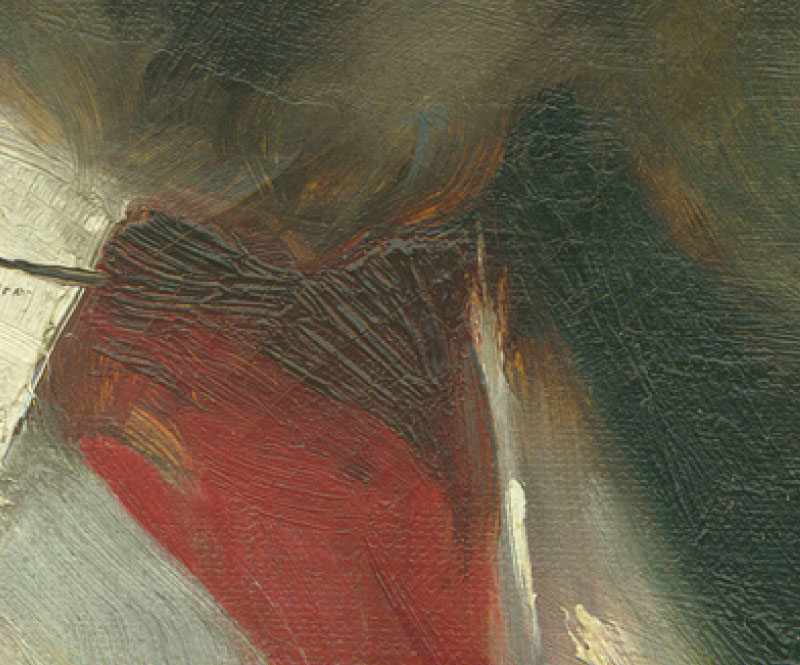
Scan 2
Raking light
- Areas of heavy paint application are noticeable
- Brush strokes are more pronounced
- The texture of the canvas is visible
LARGE FORMAT PRINTING
The RDIC also offers printing services. Prints are produced with a Canon iPF 8300. Twelve LUCIA pigmented inks produce a wide color gamut and offer archival quality performance.
The RDIC also offers printing services. Prints are produced with a Canon iPF 8300. Twelve LUCIA pigmented inks produce a wide color gamut and offer archival quality performance.
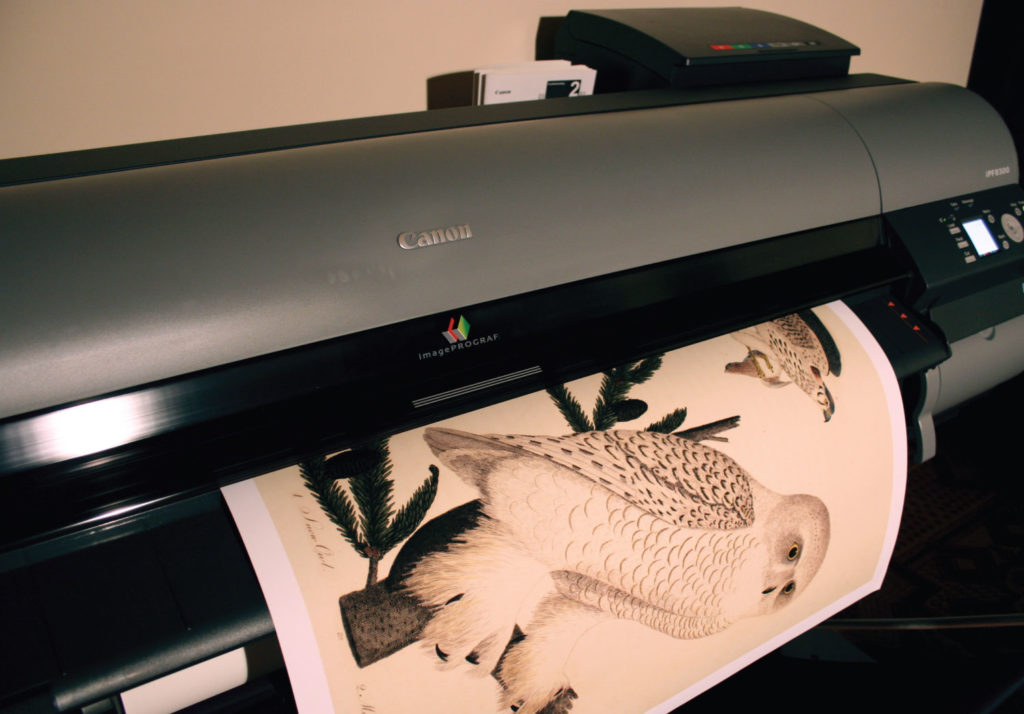
| ADVANTAGES | SERVICES |
| CRUSE SCANNER | FEES |
| CLIENTS | CONTACT THE RDIC |

